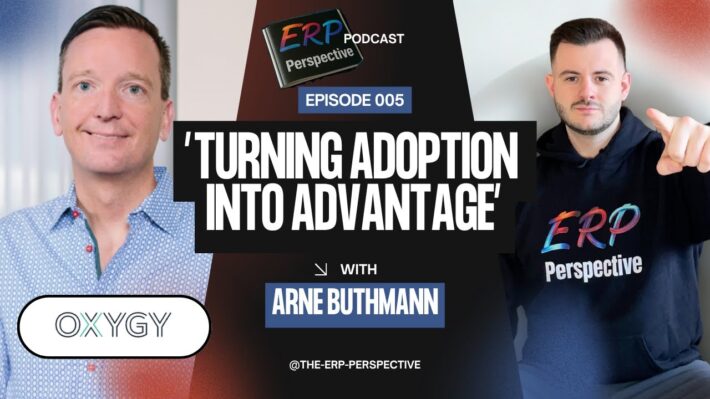How to lead in turbulent times?
The COVID-19 pandemic has taken the entire world by surprise, our OXYGY consultants included. In unprecedented situations like these, good Leaders are defined by their ability to guide their teams to a “new reality”. A reality where the team, when faced with the winds of change, decides to build windmills rather than walls.
How do I become a good guide to the new reality?
Let’s begin by understanding which new basic needs or hygiene factors may be relevant, which if left unfulfilled can seriously demotivate employees and deteriorate team performance:
- Employees need more frequent updates on the health of the business and clarity on expected day-to-day activities
- Information system access (SharePoint, Videoconferencing, Invoicing/Expensing) to ensure communication flows
- A clean and fast Internet connection, especially in IT and client-facing roles
Secondly, the main challenges arising from the differences between your old and new work environment have to be identified. For example, a remote-working environment can spawn a new set of challenges, such as:
- How will I ensure that my employees stay engaged without being able to see them work within earshot?
- Am I communicating my priorities as a Leader effectively, without being able to count on informal conversations between colleagues?
- Does my team have the resources or tools to generate new ideas and take decisions, without the chance to schedule flash brainstorming meetings and staff on-site workshops?
Beyond this, you hold a critical role in detecting and responding to their emerging skills and development areas. In this novel environment, your employees will surprise you with skills that might have been so far unknown to you and/or non-essential to the business. On the flipside, you might need to invest more time in helping Staff that are facing difficulties transitioning. You can structure your time around three key steps:
- Help your Staff with Role-taking: Organise 1:1 meetings with your team members focusing on examining the new working environment. Brainstorm together what skills and abilities they can leverage to maximise their impact on the business.
- Help your Staff with Role-filling: Organise daily “scrum meetings” (15mins, every day) to coordinate groups of 2 to 4 people on flash-projects. It’s okay for you to assign tasks and define the agenda, but let your employees volunteer themselves to suggest how they put their designated roles into practice.
- Creating Routines: Observe what employees excel in what types of work and start setting-up new routines and workflows in-line with the situation. Clearly communicate how the routine contributes to team success and what your expectations are. Make sure to provide constant feedback to your staff, to continue growing their confidence and performance.
For more information and how we set Leaders up to succeed in an uncertain remote-working environment, please contact an OXYGY colleague near you or myself at edoardo.monopoli@oxygyconsulting.com.
About the Authors
Edoardo Monopoli is CEO & Partner of OXYGY. Since 1995, he has partnered with senior executives on their personal, leadership team and business strategies for sustainable success, combining performance improvement with real people engagement.
Yuji Develle is a Consultant at OXYGY based in London. He has worked in a mixture of start-up and “big corporate” environments, from transforming a major US technology provider’s international business model to implementing delicate regulatory compliance programs.






